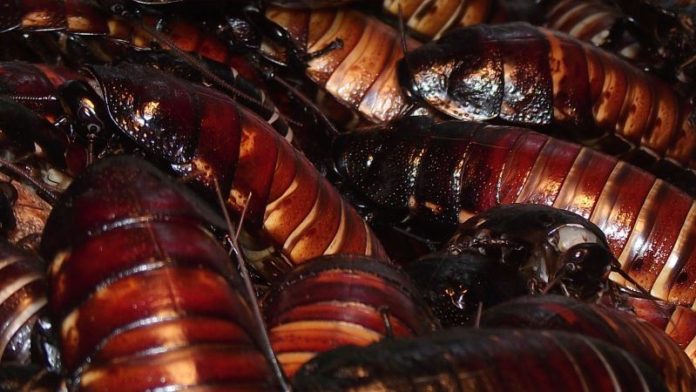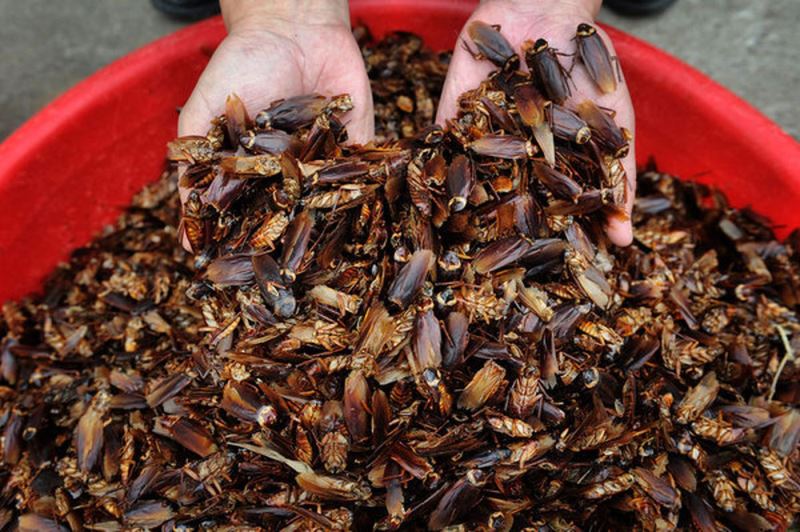Yikes! China Breeding 6 Billion Cockroaches/Year Using AI
Roaches are a nightmare. Specially give me the heebie jeebies. They are the bane of our existence. Definitely the worst creatures to ever roam the earth, and it certainly doesn’t help that they’re also the most resilient. Synonymous with dirt and filth, to make matter worse, they are like a giant bacteria magnet. But then, no one loves them like the Chinese do.
Decades ago, physician and medical professor Li Shunan was traveling in the Dali region of the Yunnan province and met several older people who used cockroaches as a treatment for tuberculosis. They ground the exoskeletons up and mixed the powder with oil, and then either consumed the mixture or rubbed it on their skin.
Today, “roach powder” is an in-demand item for practitioners of traditional Chinese medicine and is used to treat “blood stasis,” cuts and bruises, broken bones, cirrhosis and cancer. Some patients even claim it helps them maintain a youthful appearance.
The powder is a big business, commanding almost $90 a pound, and roach ranches have popped up all over the country to get some of that sweet bug money and satiate a demand that wild-caught roaches
can’t meet on their own.China has about 100 cockroach farms, and new ones are opening almost as fast as the prolific critters breed. But even among Chinese, the industry was little known until a few years ago, when a million cockroaches got out of a farm in neighboring Jiangsu province. The Great Escape made headlines around China and beyond, evoking biblical images of swarming locusts.
Also, if you are getting ideas in that crazy head of yours now, the start-up costs of these farms are minimal too— get some roach eggs, a run-down abandoned chicken coop and the roofing tile. Notoriously hearty, roaches aren’t susceptible to the same diseases as farm animals. As for feeding them, cockroaches are omnivores, though they favor rotten vegetables. Killing them is easy too: Just scoop or vacuum them out of their nests and dunk them in a big vat of boiling water. Then they’re dried in the sun like chile peppers.
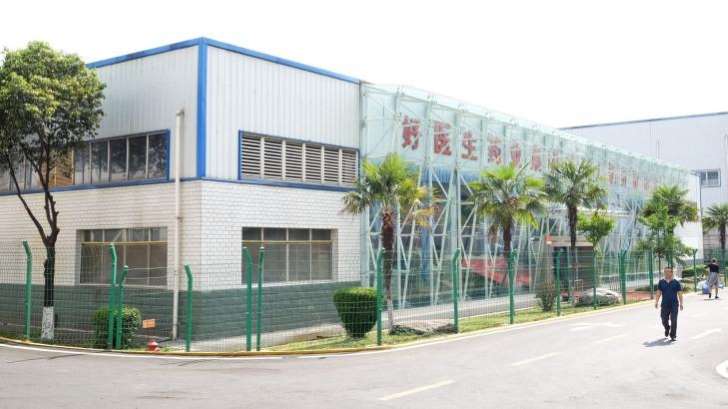
Photo: Sanghee Liu
Perhaps understandably, the cockroach business (“special farming,” as it is euphemistically called) is a fairly secretive industry. Which is why this massive AI company, located in the southwestern Sichuan province, breeding farm that is producing more than six billion cockroaches per year has been hidden from public.
The facility, which is described by the South China Morning Post as a multi-story building about the size of two sports fields, is being operated by Chengdu-based medicine maker Gooddoctor Pharmaceutical Group. Inside the breeding site, the environment which is described as “warm, humid, and dark” all-year round, the layout is wide open, allowing the roaches to roam around freely, find food and water, and reproduce whenever and wherever.
Perhaps recognising consumers could be less keen on taking their medicine if they knew saw behind the scenes, Gooddoctor lists the only ingredient as “Periplaneta americana.” As the scientific name for the American cockroach, this is strictly accurate but requires you to have a working knowledge of entomology.
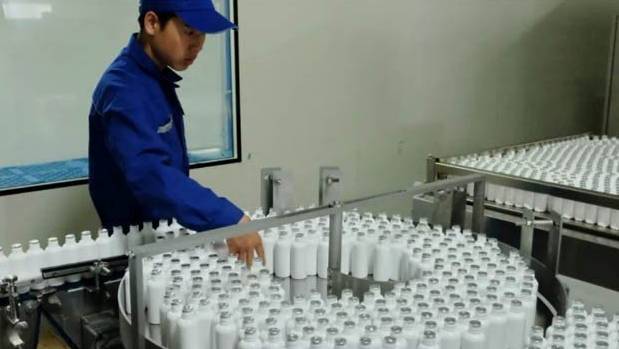
Photo: Sanghee Liu
With the help of artificial intelligence, folks at this Chinese pharmaceutical company are breeding cockroaches by the billions every year, the “potion,” consumed by over 40 million people in China, is made by crushing the cockroaches once they reach a desired weight and size, according to the publication. There is a “slightly fishy smell” to the potion, which tastes “slightly sweet” and looks like tea, it added.
The giant facility is managed with the help of a “smart manufacturing” system powered by AI algorithms. The system is responsible for collecting and analysing over 80 categories of data to ensure an optimal environment for the cockroaches to grow, according to the SCMP. These include factors such as humidity, temperature, food supply and consumption, as well as changes like genetic mutations. The system also “learns” from its historical data so it can make improvements to grow the population.
The population of cockroaches is reportedly so massive that it’s been warned there would be a “catastrophe” if the roaches were to be suddenly released. Worse, some critics are concerned that amplified reproduction and genetic screening could accelerate the natural evolution of the insect, thus producing “super cockroaches” of abnormal size and breeding capability.
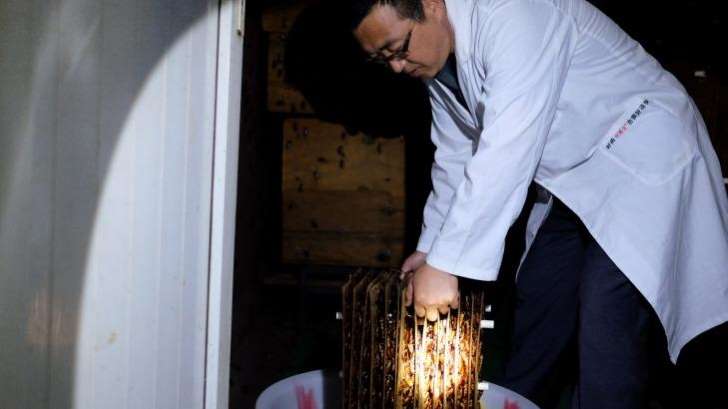
Photo: Sanghee Liu
Now, now, let’s have a little hope- hoping against hope that this doom does not befall on us. To prevent any cockroaches escaping, the building is surrounded by a 1m moat of water, full of fish. The fish eat any cockroach that dares escape.
Although this doesn’t do anything to soothe my presently hyper jittery nerves, it is safe to say writing this piece has taken away my appetite and many days of sound sleep.


























